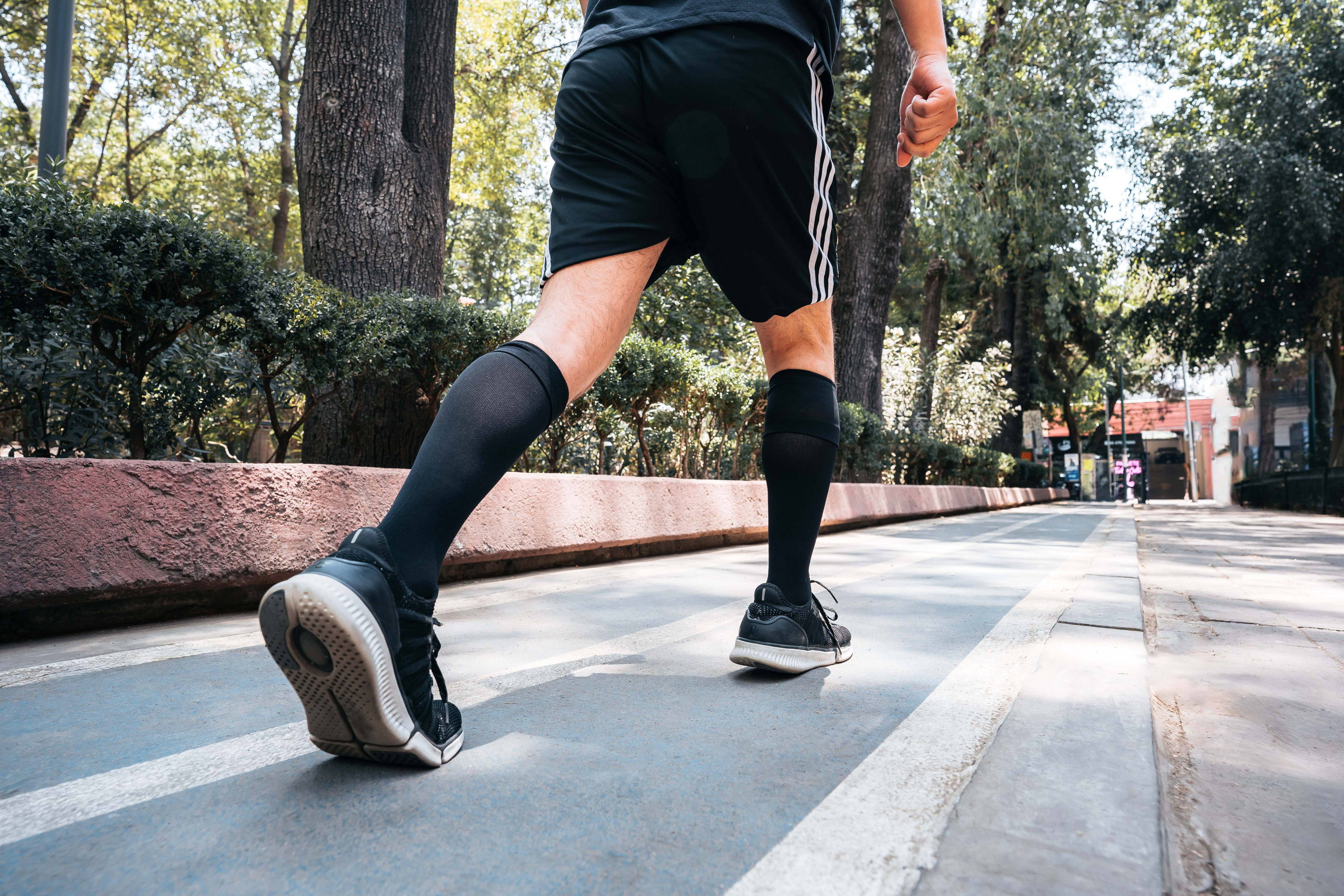
Compression Socks vs. Sleeves: Which One Do You Need?
jUNE 12, 2023 | 3 Mins Read
TABLE OF CONTENTS
There is a need to be very clear and sure about your compression gear needs. You might think that all compression gear do the same thing, but they are designed to provide support in different ways, target different areas, and help with different medical conditions.
Here’s a look at the differences between them that will help you decide which one is right for you.
Compression socks provide support to your feet and lower legs, with compression ratings ranging from 10 mmHg - 60 mmHg.
Compression socks are most suitable for:
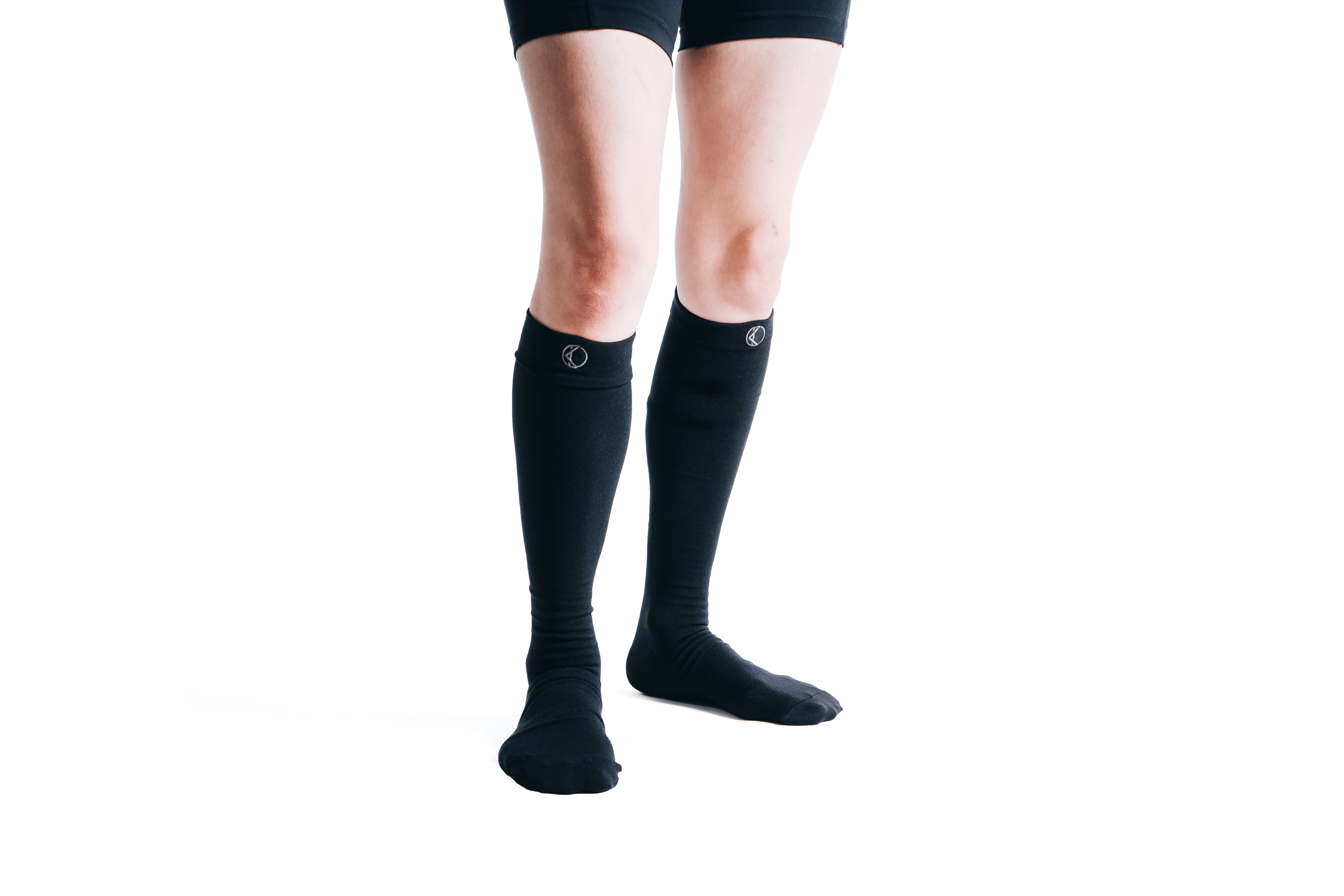
Expert tip:
Almost all compression socks and sleeves are built with moisture-wicking fabrics to keep sweat away. Another important features you should look at is whether they have dedicated anti-blisters, double-stitched seams and double-layered fabric.
Compression sleeves are typically tubular in shape and slide over the desired body part. They are designed to exert pressure on the muscles and soft tissues, providing support and stability during physical activities. Compression sleeves are often used in sports and fitness settings to enhance performance, reduce muscle fatigue, and aid in injury prevention.
Compression sleeves are most useful for:
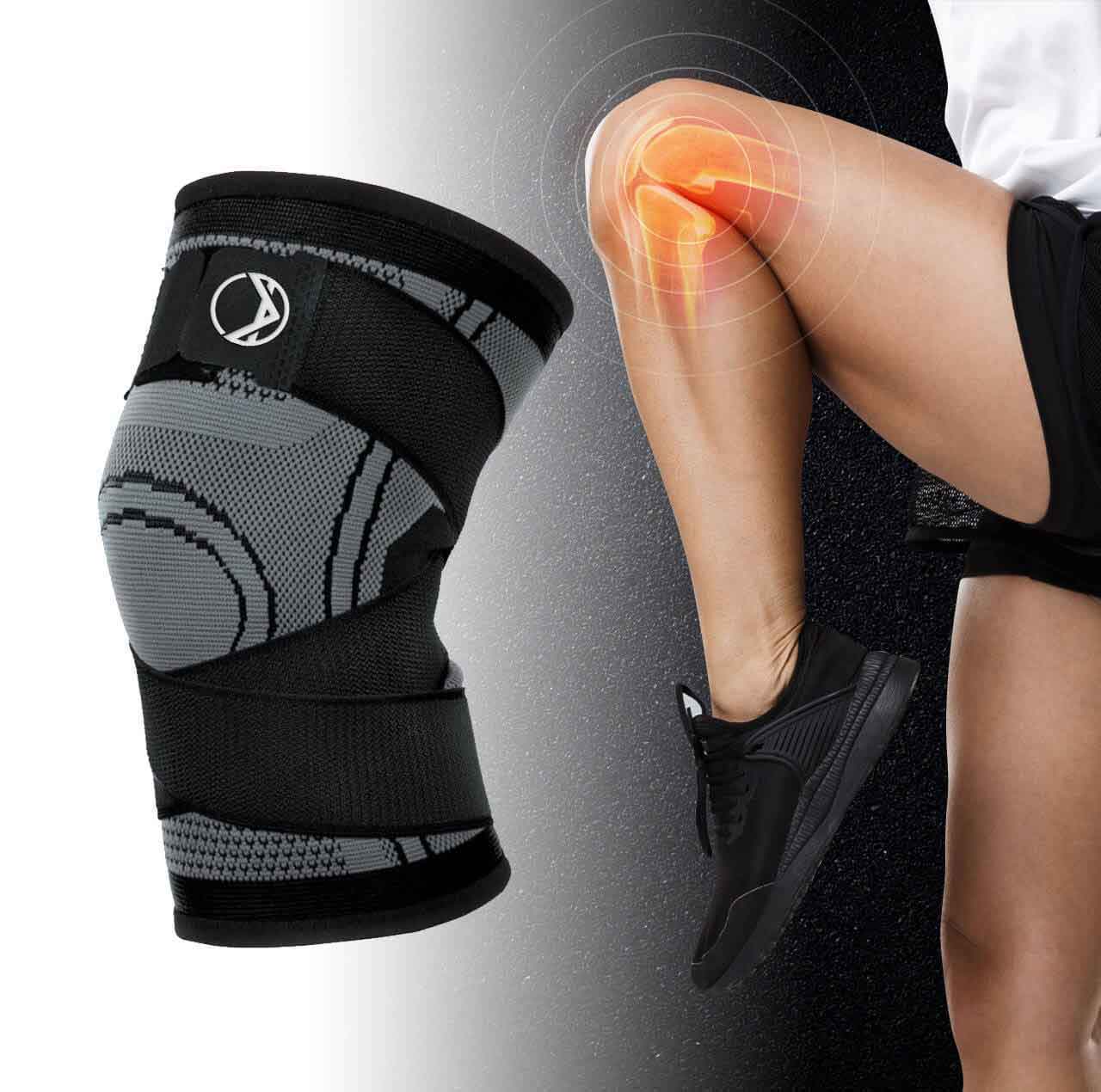
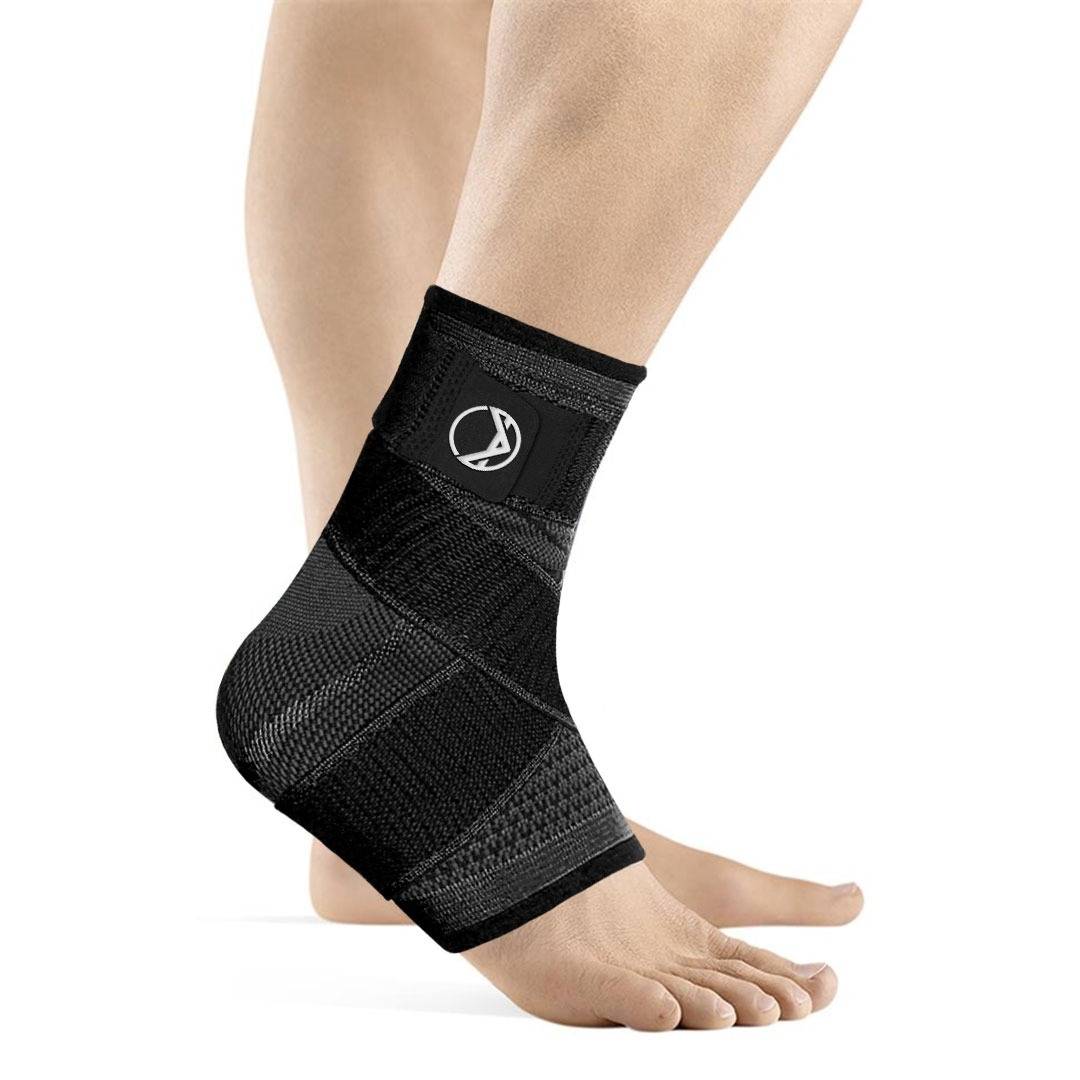
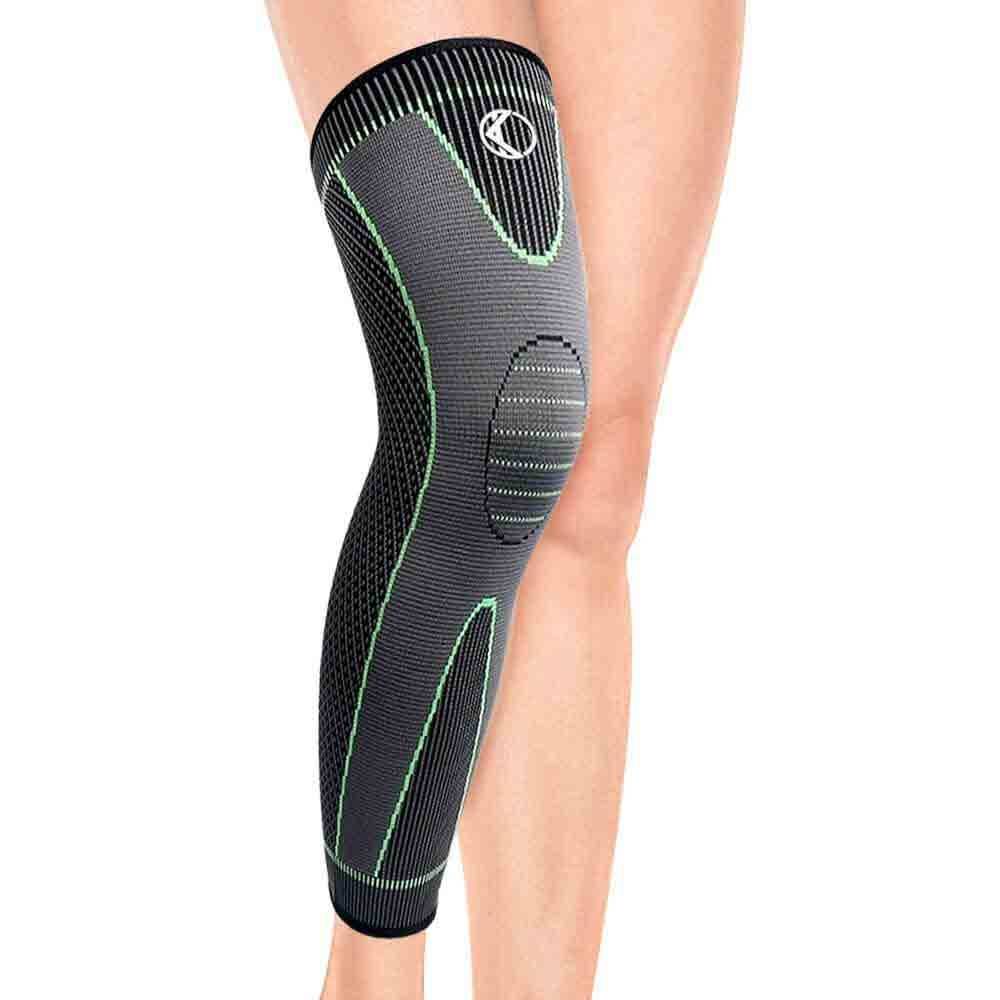
Expert tip:
Note that the best compression socks or sleeves are made from synthetic materials such as nylon, spandex or latex. No cotton socks or sleeves should be used.
Selecting the appropriate compression gear is essential for reaping its full benefits. Here are some guidelines to consider when choosing compression socks or sleeves:
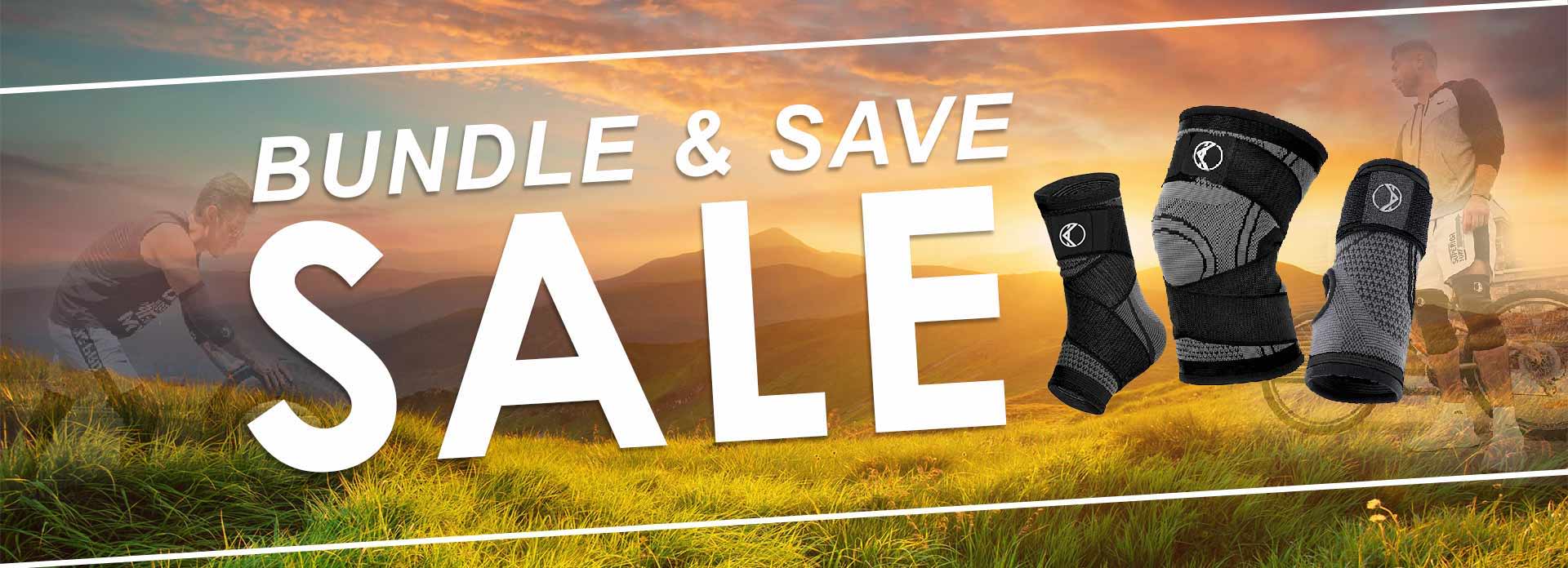

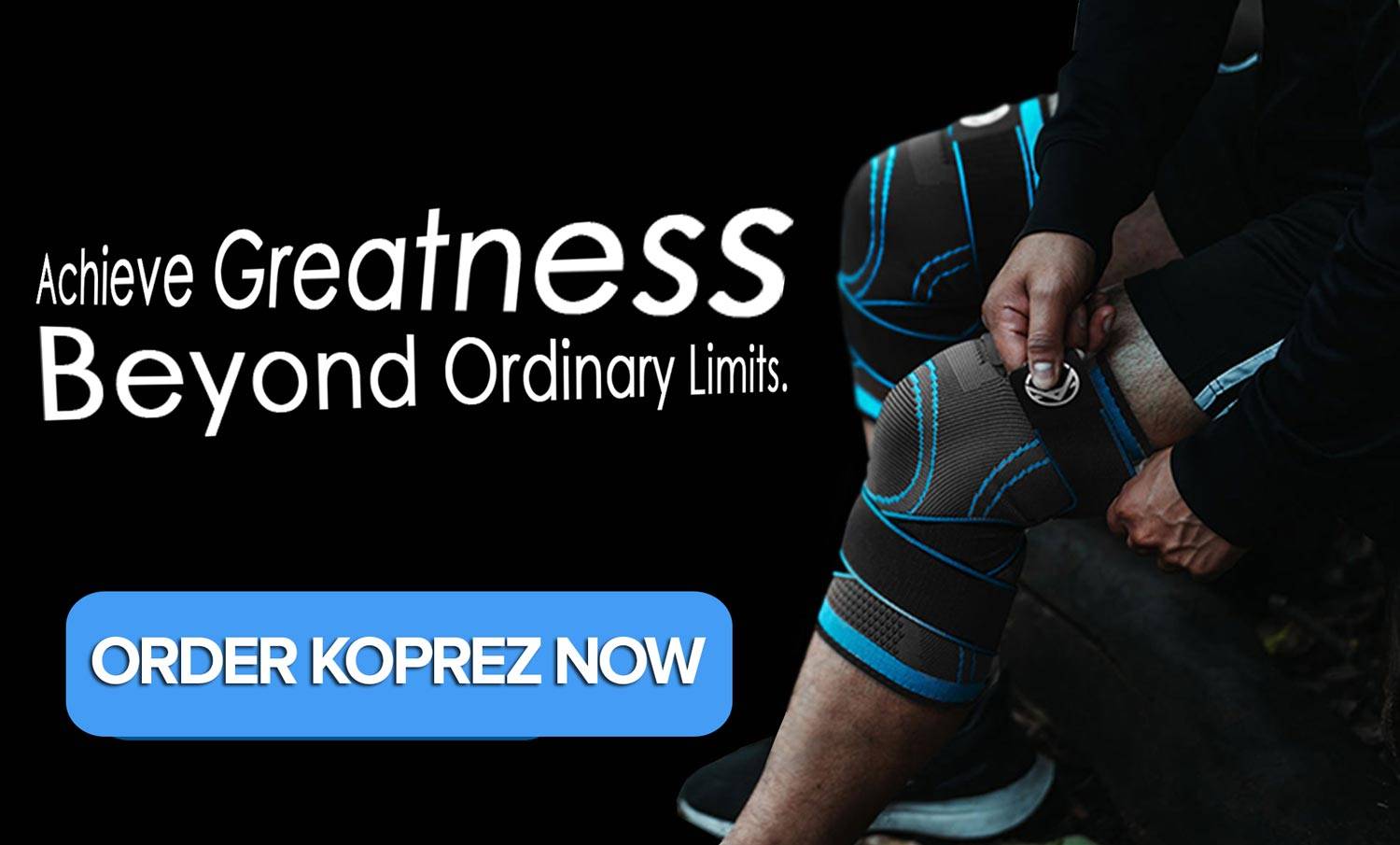



References
Author

Claire Evans worked as the content marketing manager at Koprez. Claire combined a background of writing and editing, marketing, and patient education to best serve consumers, fitness enthusiasts, athletes, and anyone who relies on the Koprez brand for helpful information.
Koprez® Featured Products
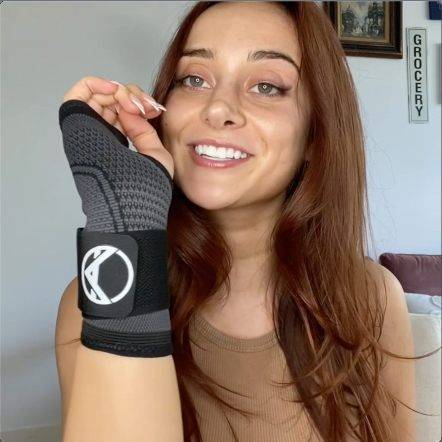

"I sprain my wrist super often, so I decided to try out this sleeve. This is game-changing! I've been using it for a while now, and my wrists feel amazing. I haven't gotten in any injuries since using it too. It just makes my wrists feel so supported."
Alexis A.
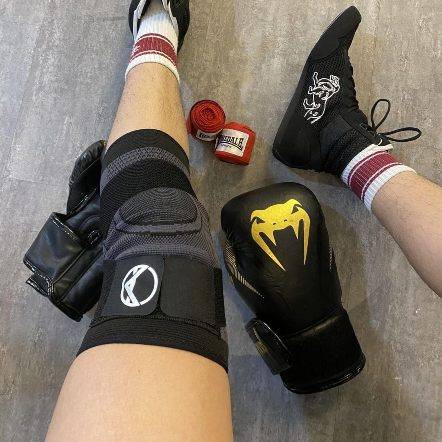

"Use this for my boxing training. It is a very comfortable brace and does not move out of position during skipping ropes and sparring sessions. I use it while running too. Probably the best brace I've purchased throughout the years. It is very flexible. Makes me look like a pro! :)"
Samuel L.


"I've just got back to running after a couple of years of being plagued by injury. These compressions socks are helping give me peace of mind while I build up my distance again. They are the perfect level of compression, super comfy, and very high quality. Feel great while on a run, and looks great in the orange colour I have!"
Dave R.
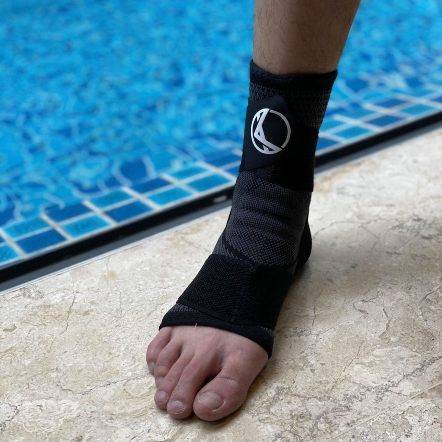

"I have a weak ankle, and the Koprez ankle sleeve has been a lifesaver. Wear it every day. Super breathable and comfortable. Like wearing a cool sporty looking sock!"
James F.
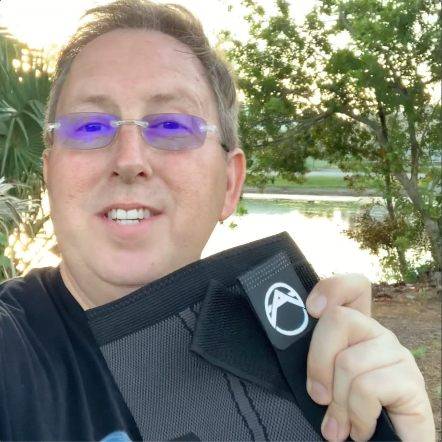

"This is the best knee sleeve I've ever tried. It's now a must-have for all my exercises. A few years ago, I had an accident that damaged my knees, but with Koprez I can be active again with no knee pains at all. It's been truly amazing!"
Alex M.
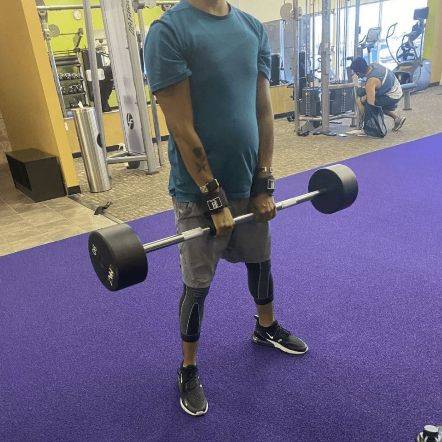

"One of the best purchases I've ever made. It fits your legs all the way from top to bottom, great snug fit, gives you support and definitely helps during rehab and training."
Rafael A.
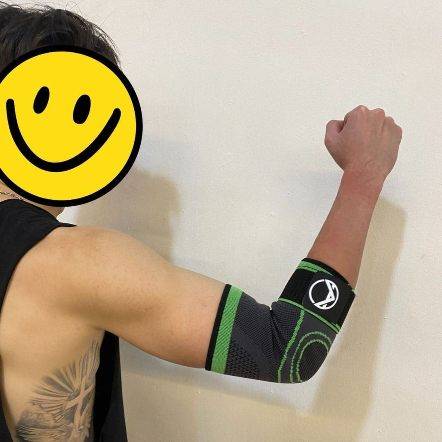

"I had a minor elbow injury, and Koprez sleeve was super supportive and definitely helped me recover faster. I still use the sleeve to prevent further injury. So far, so good. Very comfortable and does not feel hot at all. Highly recommend!"
Corey B.
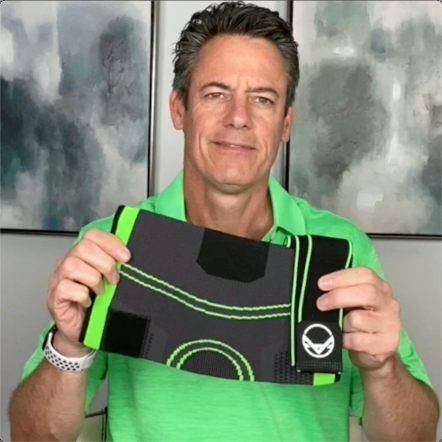

"It's really been a game-changer for me. It allows me to exercise a lot longer than I used to. Now my knees don't hurt, and they're not uncomfortable at all."
Mike P.


"Great product!!"
Harold
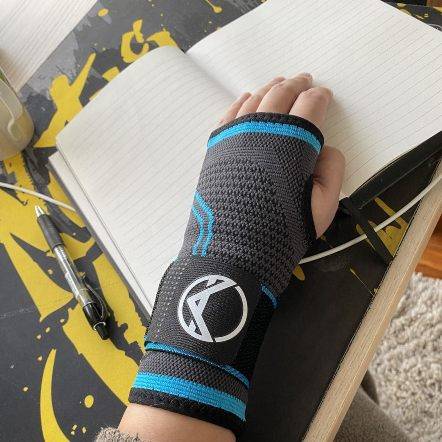

"I have carpal tunnel, and this brace has helped me work pain-free. Love the materials, and I can feel my wrists slowly getting better, even when I don't wear them!"
Christopher J.
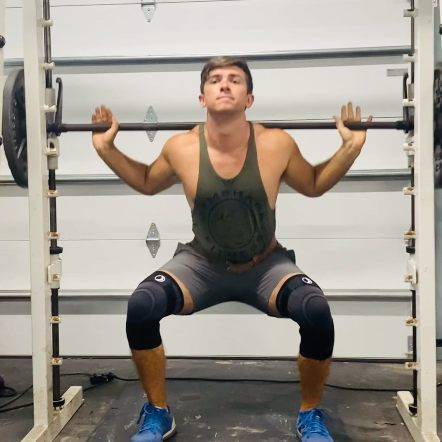

"I wanted to try out these sleeves to improve my squats and deadlift in the gym without worrying about injuring my knees. They stayed up throughout the entire gym session, and my knees feel super supported. Now I can do what I love for years to come. "
Corbin C.